Compression - Ring
Compression ring load cells, also known as Pancake load cells or canister load cells, are prime examples. These load cells thrive in situations where space is limited, yet high accuracy is crucial. Here are some prominent examples:
Showing all 7 results
-
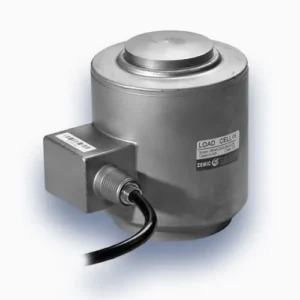
Zemic BM14A
Buy Now -
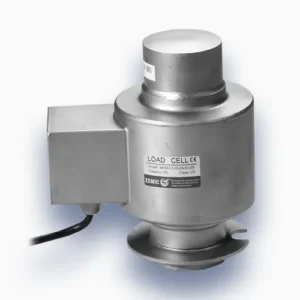
Zemic BM14G
Buy Now -
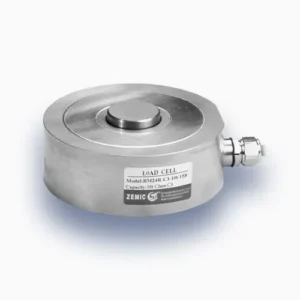
Zemic BM24R
Buy Now -
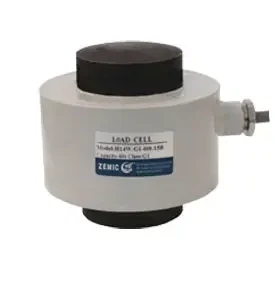
Zemic H14W
Buy Now -
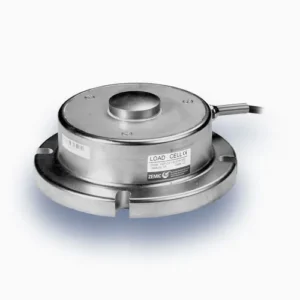
Zemic H2F
Buy Now -
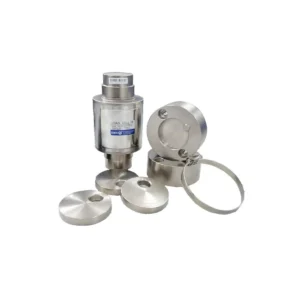
Zemic HM14H1
Buy Now -
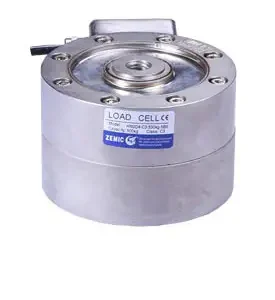
Zemic HM2D4
Buy Now
- Tank and Silo Weighing: These low-profile cells are ideal for mounting beneath tanks, vessels, and hoppers, enabling real-time weight monitoring of liquids, grains, or powders. This ensures accurate inventory control and prevents overfilling or underfilling of materials.
- Multi-load Cell Platforms: Their compact design allows for multiple ring load cells to be integrated into a single platform, ideal for large weighing systems used in industrial settings.
- Force Measurement in Tight Spaces: Compression ring cells can be strategically placed in confined spaces within machinery or production lines to measure compressive forces. This facilitates process control and ensures optimal performance.
- Medical Equipment: Their low-profile design makes them suitable for specialized medical equipment like patient chairs or weight-bearing therapy devices.Compression load cells have a wide range of applications, including:
- Weighing scales: From industrial scales to platform scales, compression load cells are the hidden muscle behind weight measurement.
- Force measurement in machines: They play a crucial role in testing the forces exerted by machines or monitoring the pressure applied in presses.
- Structural load monitoring: In bridges and buildings, compression load cells can be used to monitor the weight they bear.
- Material testing: They are essential for testing the compressive strength of materials.
Compression ring load cells offer several advantages:
- Compact Design: Their low-profile design makes them ideal for space-constrained applications.
- Versatility: They can handle force application from above or below, allowing for flexible mounting options.
- Durability: Many ring load cells are hermetically sealed for protection against harsh environments.
They’re essentially transducers, converting the force they experience into a proportional electrical signal. This signal can then be used to calculate weight, pressure, or other quantities.
